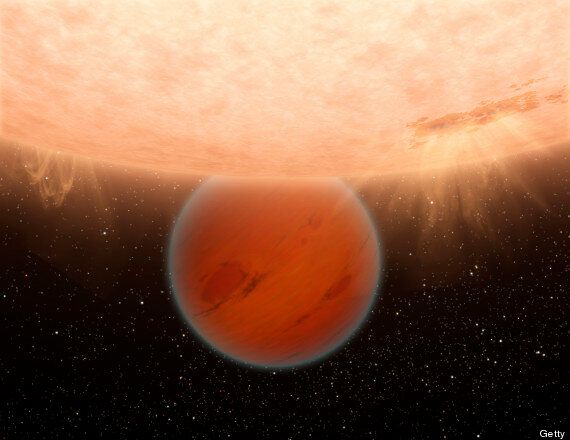Strange, alien worlds detected in deep space may be linked to their stars with electric currents, and might even resemble giant electric toasters, new research suggests.
Several missions and telescopes are currently searching for planets outside outside our Solar System.
Known as 'exoplanets', more than 860 of these strange worlds are suspected to have been found so far, including 723 confirmed planets and more than 100 that might have the potential to support life.

But finding them is very difficult, because researchers have to rely mainly on fluctuations in light from distant stars, which only gives a limited amount of information about the types of planets which may be in orbit around them.
The new model described by Dr. Derek Buzasi at Florida Gulf Coast University, highlighted by Universe Today, may change the way we think about some planets beyond our Solar System.
He looked at the way very large planets located close to their stars, found by the Kepler Space Telescope, may interact with stellar winds, in an effort to learn by they are so hot.
Known as 'hot Jupiters', these planets are much larger than any located close to our Sun - but are hotter than their close orbits alone would suggest.
According to his new model, presented at the American Astronomical Society, Dr Buzasi posits that the planet's magnetic field may interact with the stellar wind to create an intense electric current between the two.
Similar currents do exist on Earth - albeit at low voltages. But on these alien 'hot Jupiters' currents could amount to billions of amps, and millions of volts - leading to huge rises in temperature.
He calls them "Flying Toasters".
"This kind of electric heating doesn't happen very effectively on planets in our solar system because their outer atmospheres are cold and don't conduct electricity very well," he told Universe Today.
"But heat up the atmosphere by moving the planet closer to its star and now very large currents can flow."